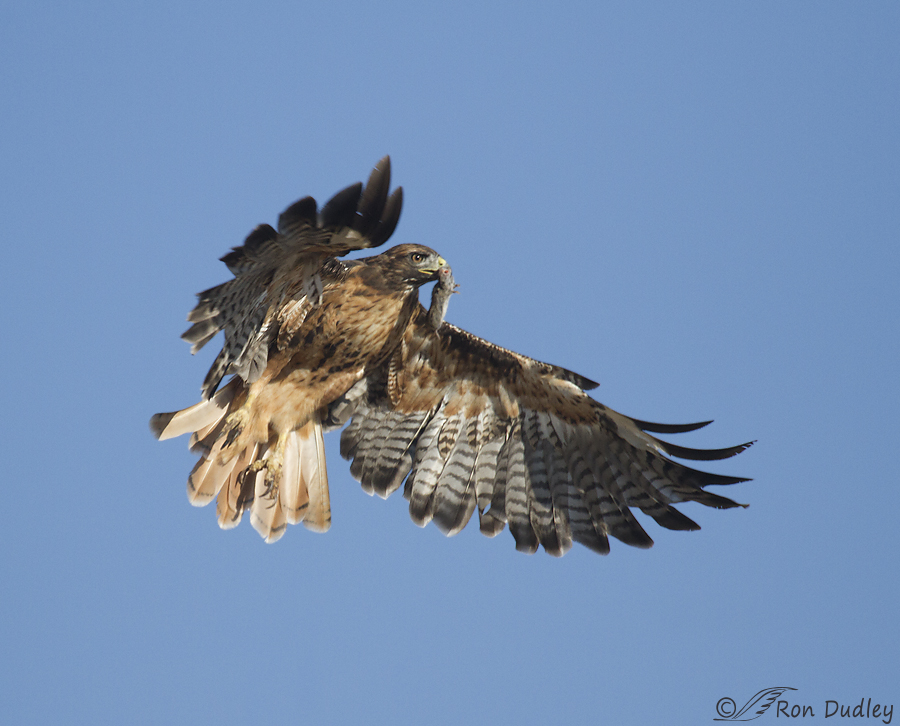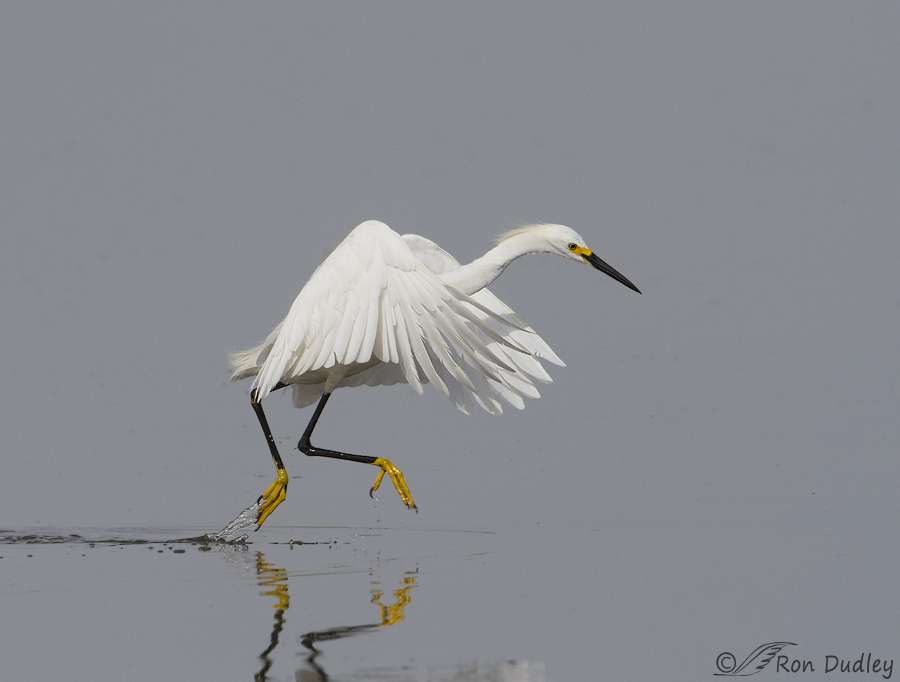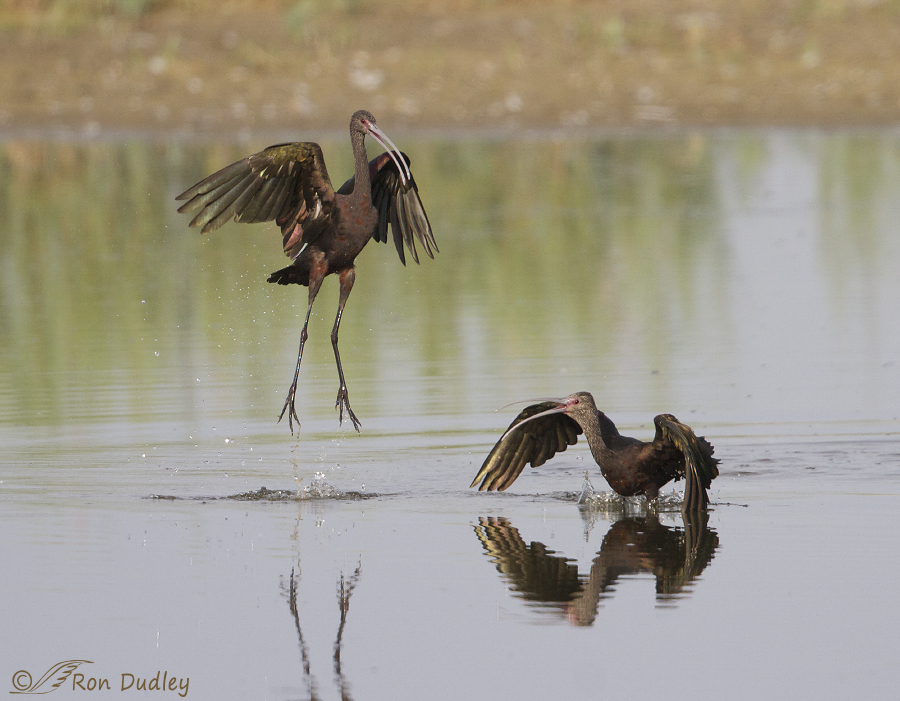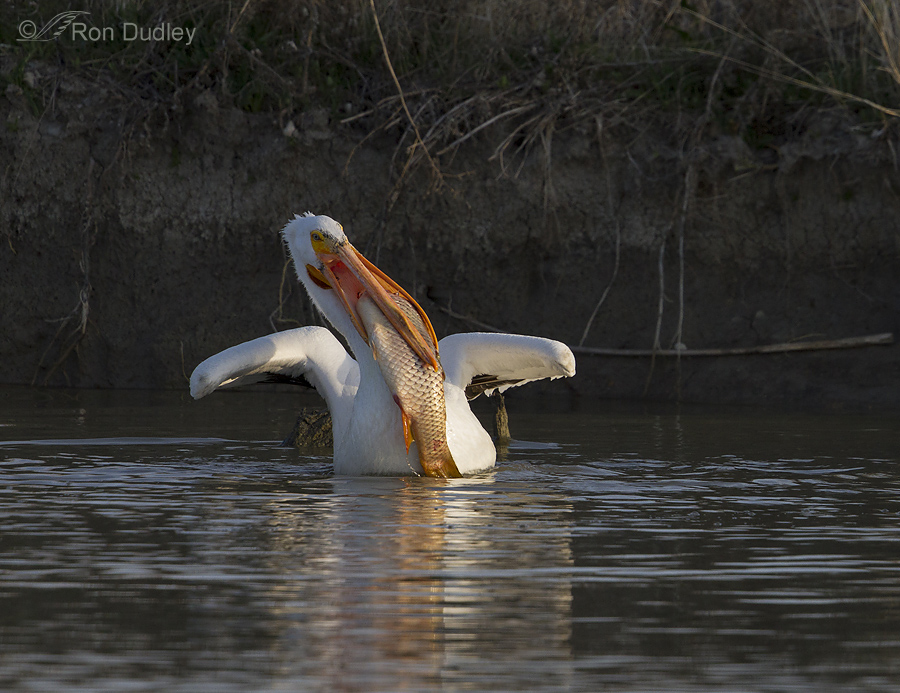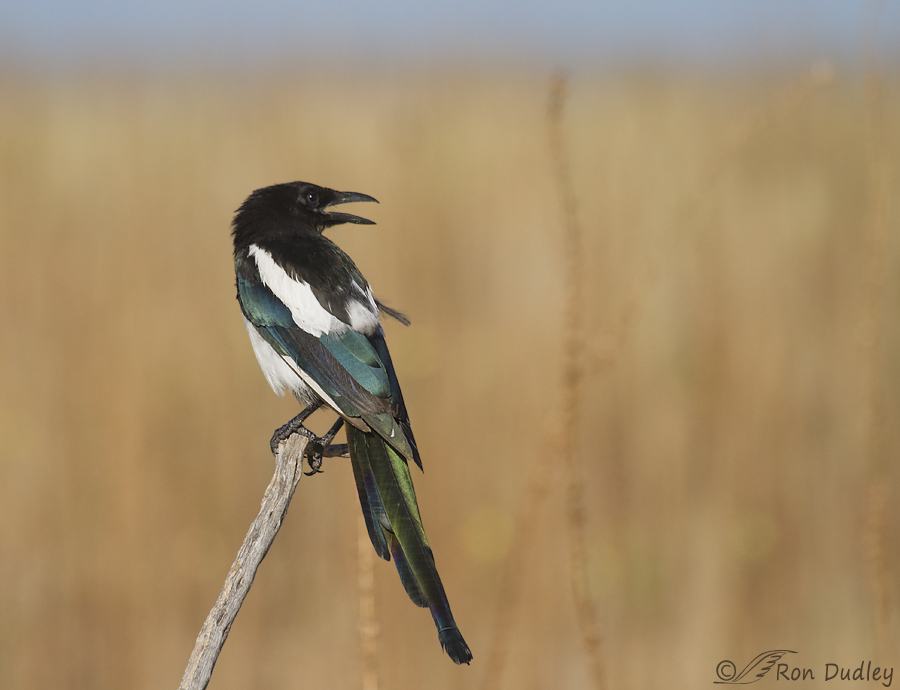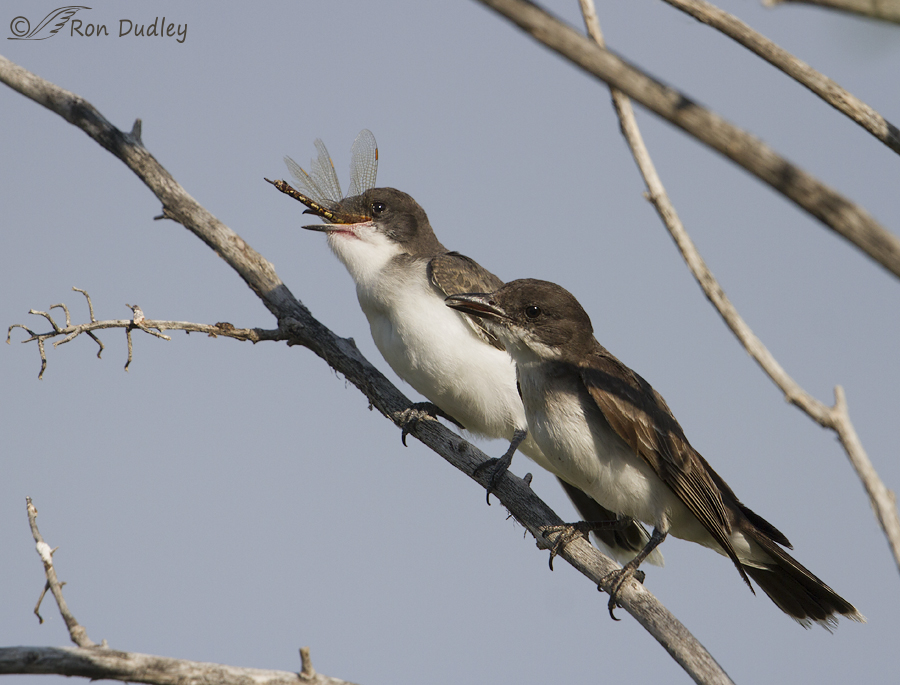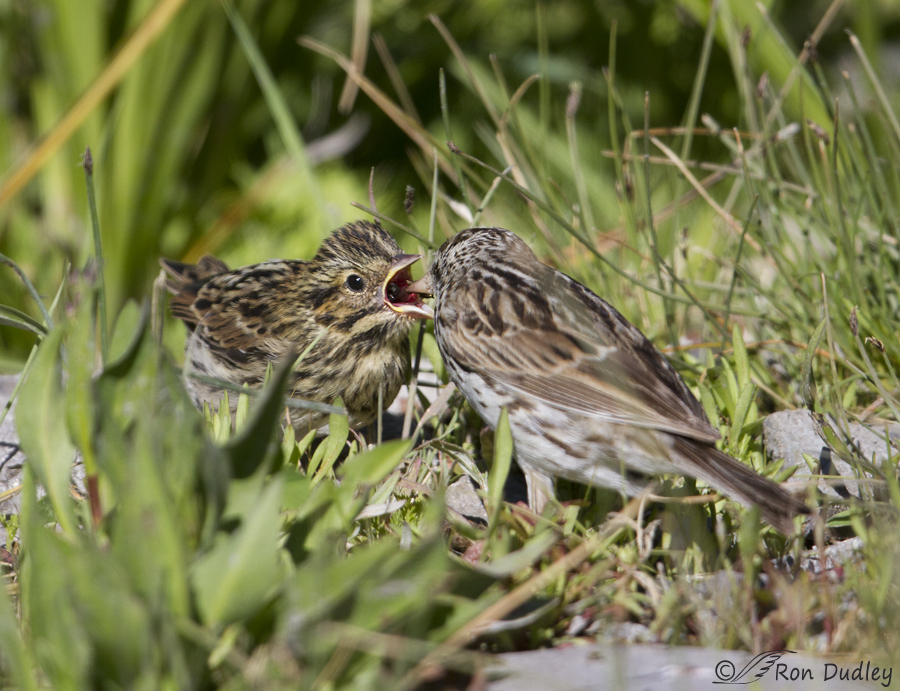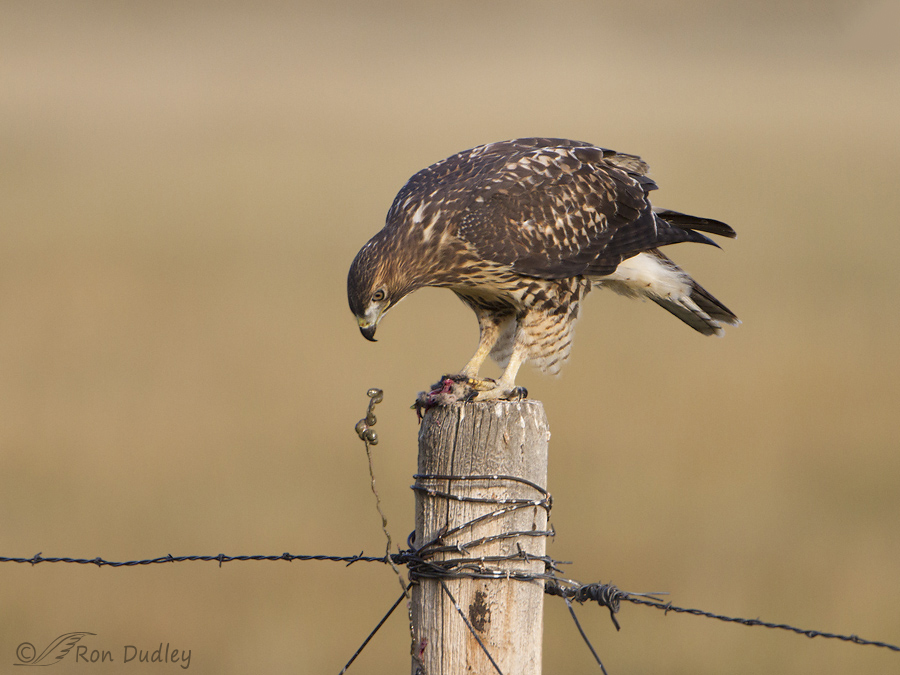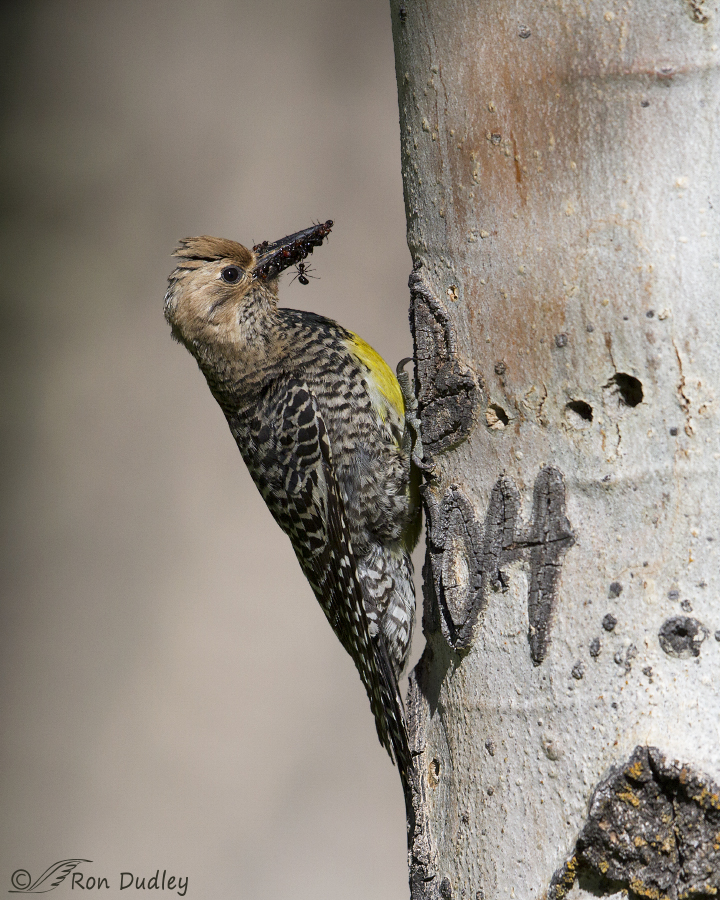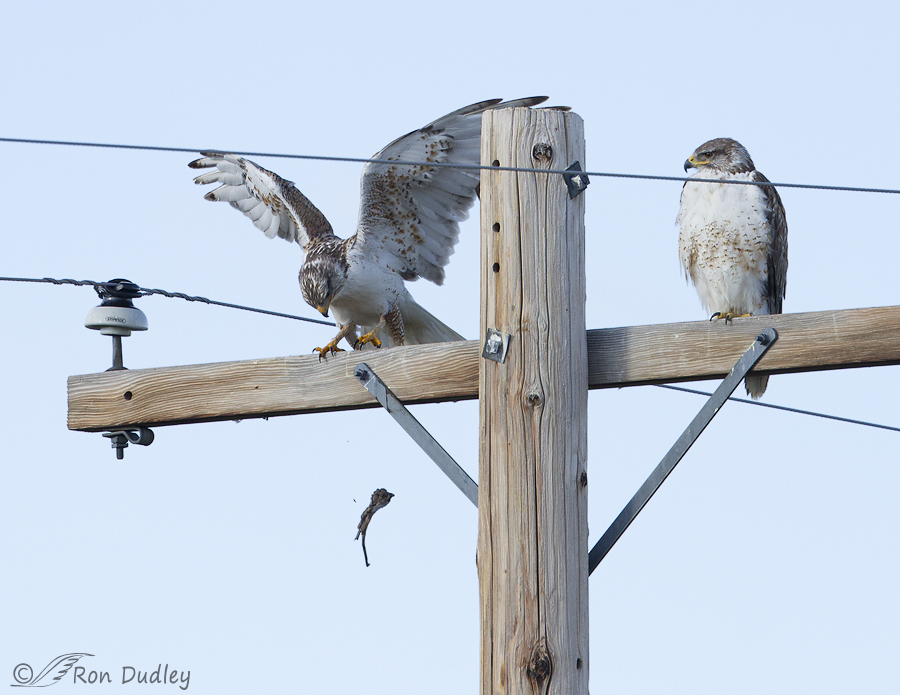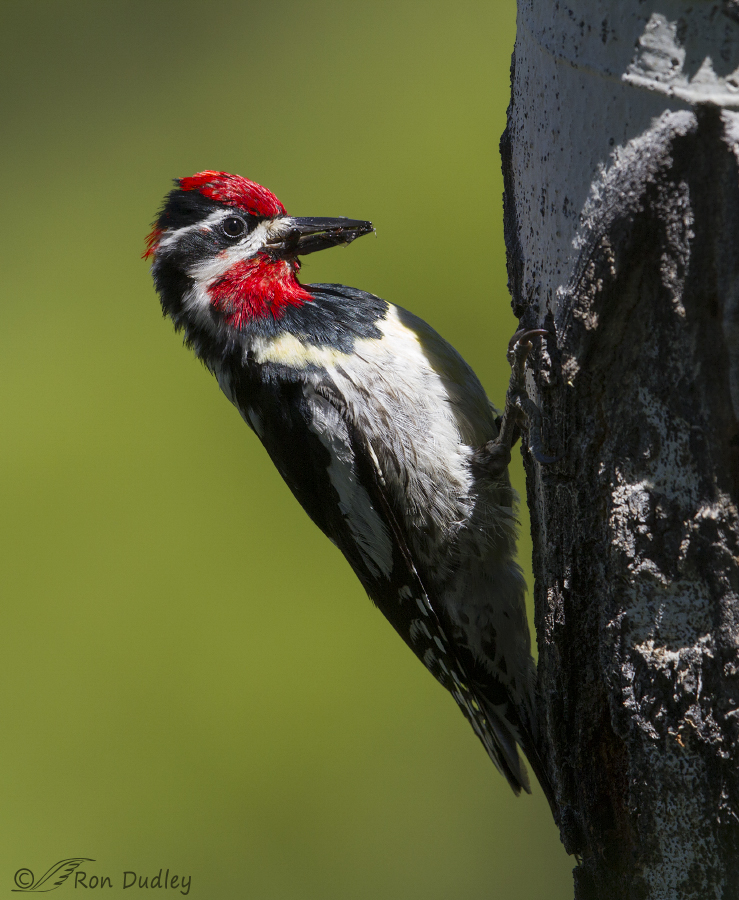Category: Behaviors
Snowy Egret – “Golden Slippers” Running On Water
Fighting White-faced Ibises (11 images)
Extremes In Fish Size White Pelicans Will Attempt To Eat
Iridescence And The Role of Plumage Variations In Juvenile Magpies
Eastern Kingbird Adult And Fledgling – A Question Of Behavior
The Shrike And The Grasshopper (and noticing the “little things”)
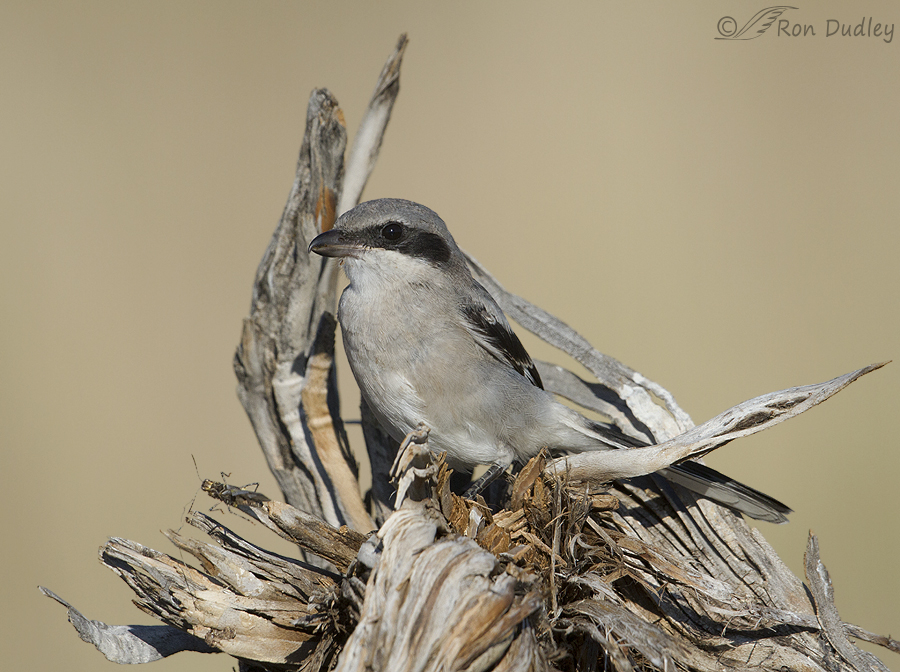
I make every effort in the field to “read” the behavior of my avian subjects. Sometimes I’m right and sometimes I’m not but either way it’s a learning experience for me and my percentage of accuracy does seem to be improving. One of the payoffs can be better bird photographs for a variety of reasons.
Female Mountain Bluebird Removing Fecal Sac From Nestbox
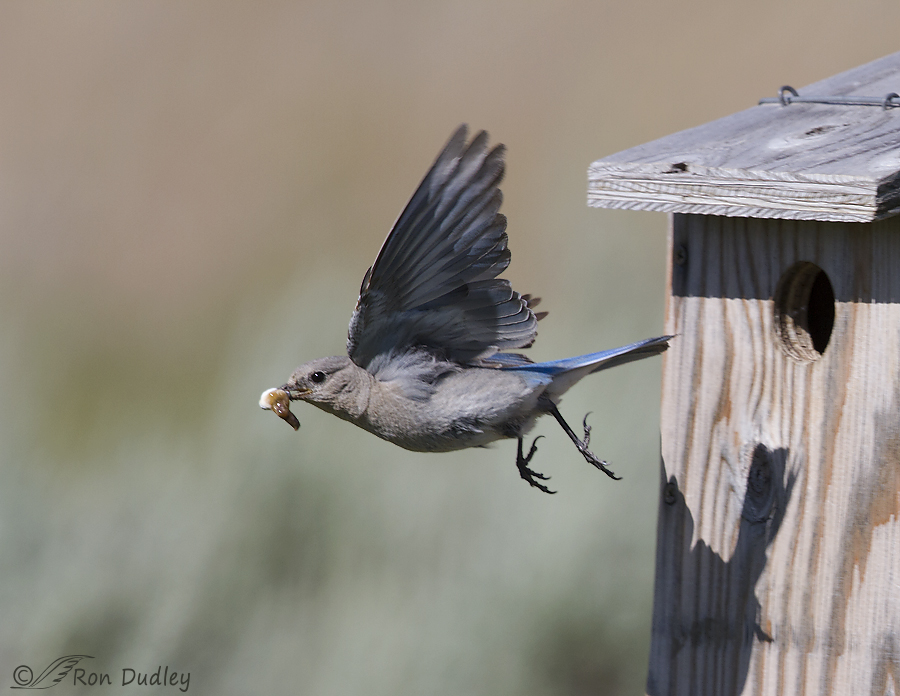
The nesting season of Mountain Bluebirds in Montana’s Centennial Valley was delayed this year due to a late spring cold snap so during my visit there last week some of them were still feeding youngsters in the nest boxes. I’ve found it to be relatively easy to photograph the parent birds on top of the nest boxes with insects for the chicks in their beaks but catching them in flight as they leave the nest with fecal sacs is another story altogether.
Savannah Sparrow Feeding Fledgling
Sapsuckers Cleaning Out The Nest Hole
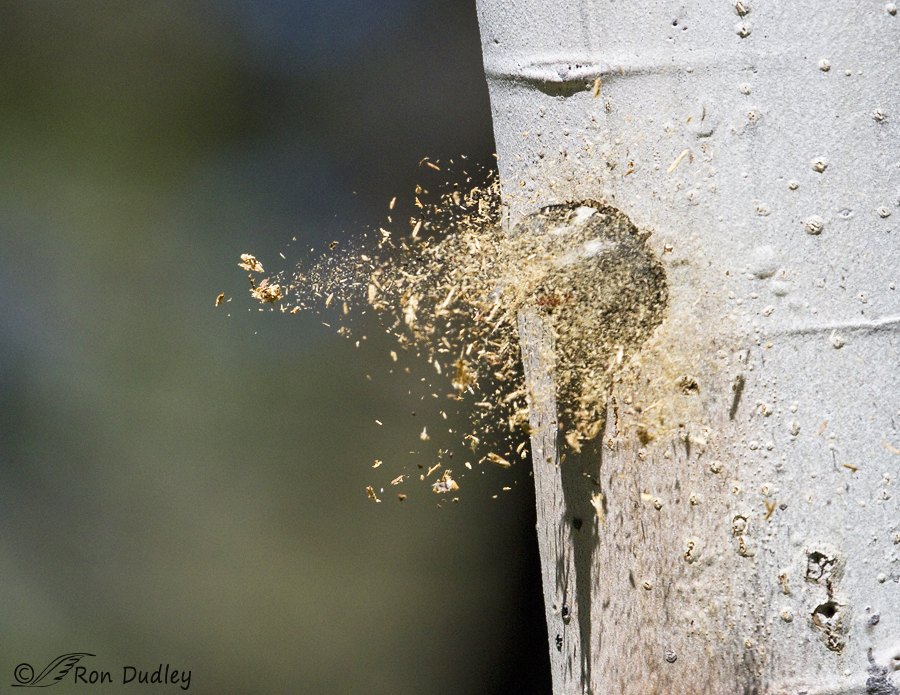
The 5″ x 8″ (interior dimensions) tree nest hole of the Williamson’s Sapsucker with as many as 6 growing nestlings inside presents a significant potential hygiene problem. This post is about how the adults dealt with that situation as I was photographing them about three weeks near the Montana/Idaho border.
Magpies Scavenging Entrails Rejected By Raptors
The Sapsucker And The Ant
Ferruginous Hawks – Strange Behavior With Nesting Material
Red-naped Sapsucker (not a Williamson’s this time…)
Williamson’s Sapsuckers – The Mated Pair
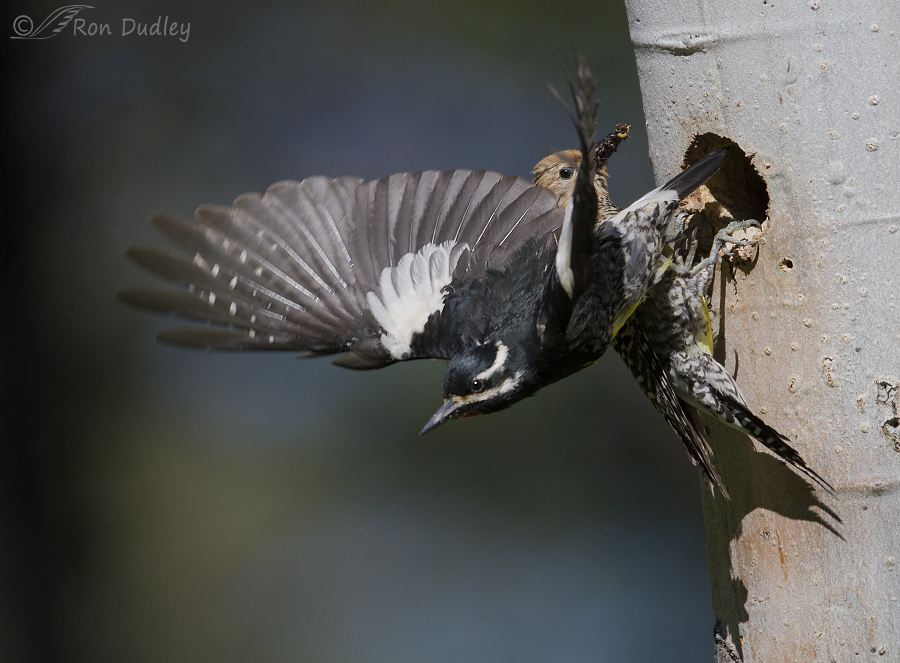
We were very lucky to find the nesting pair of Williamson’s Sapsuckers in Clark County, Idaho early this summer. For starters, they’re “uncommon” and not often seen. Birders and researchers typically locate most birds by their calls but this sapsucker species is “generally quiet” and doesn’t spontaneously advertise their territories that time of year so passive listening tends to be ineffective in locating them. For this and other reasons Williamson’s Sapsuckers are poorly sampled and studied and there is little data on their numbers.
Snowy Egret – “Golden Slippers” Running On Water
Fighting White-faced Ibises (11 images)
Extremes In Fish Size White Pelicans Will Attempt To Eat
Iridescence And The Role of Plumage Variations In Juvenile Magpies
Eastern Kingbird Adult And Fledgling – A Question Of Behavior
The Shrike And The Grasshopper (and noticing the “little things”)

I make every effort in the field to “read” the behavior of my avian subjects. Sometimes I’m right and sometimes I’m not but either way it’s a learning experience for me and my percentage of accuracy does seem to be improving. One of the payoffs can be better bird photographs for a variety of reasons.
Female Mountain Bluebird Removing Fecal Sac From Nestbox

The nesting season of Mountain Bluebirds in Montana’s Centennial Valley was delayed this year due to a late spring cold snap so during my visit there last week some of them were still feeding youngsters in the nest boxes. I’ve found it to be relatively easy to photograph the parent birds on top of the nest boxes with insects for the chicks in their beaks but catching them in flight as they leave the nest with fecal sacs is another story altogether.
Savannah Sparrow Feeding Fledgling
Sapsuckers Cleaning Out The Nest Hole

The 5″ x 8″ (interior dimensions) tree nest hole of the Williamson’s Sapsucker with as many as 6 growing nestlings inside presents a significant potential hygiene problem. This post is about how the adults dealt with that situation as I was photographing them about three weeks near the Montana/Idaho border.
Magpies Scavenging Entrails Rejected By Raptors
The Sapsucker And The Ant
Ferruginous Hawks – Strange Behavior With Nesting Material
Red-naped Sapsucker (not a Williamson’s this time…)
Williamson’s Sapsuckers – The Mated Pair

We were very lucky to find the nesting pair of Williamson’s Sapsuckers in Clark County, Idaho early this summer. For starters, they’re “uncommon” and not often seen. Birders and researchers typically locate most birds by their calls but this sapsucker species is “generally quiet” and doesn’t spontaneously advertise their territories that time of year so passive listening tends to be ineffective in locating them. For this and other reasons Williamson’s Sapsuckers are poorly sampled and studied and there is little data on their numbers.


